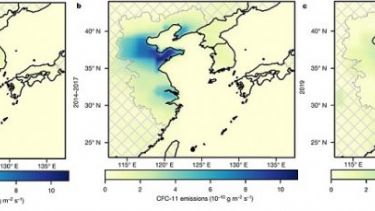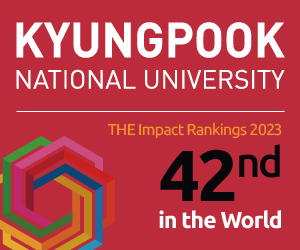- Increase in CFC-11 emissions from eastern China based on atmospheric observations
DOI: https://doi.org/10.1038/s41586-019-1193-4
An international research team reports an increase in the emissions of trichlorofluoromethane (CFC-11), an ozone-depleting gas, in eastern mainland China in 2014-2017 compared to that in 2008-2012, which contributes to at least 40-60% of the global rise in CFC-11 emissions, and is likely caused by new, unreported production and use not in line with the Montreal Protocol Agreement.

- A decline in emissions of CFC-11 and related chemicals from eastern China
DOI: https://doi.org/10.1038/s41586-021-03277-w
A global team of researchers report a decrease in the atmospheric emission of trichlorofluoromethane (CFC-11) in 2019 following a rise in CFC-11 emission in 2014-2017 in eastern mainland China. The decline is associated with a reduced production of CFC-11 during 2017-2018 after a mandated global phase-out. This result, thanks to the timely reporting and quick action from the government and industry, would speed up the recovery of the ozone layer.

- Photoinduced charge transfer processes in solar photocatalysis based on modified TiO2
DOI: https://doi.org/10.1039/c5ee02575c
For solar photocatalysis to be efficient, it is necessary for the generated charge carries to become separated effectively and then transported rapidly to the semiconductor interface. The charge transfer (CT) is particularly sensitive to the surface properties. Researchers from Korea now highlight interfacial CT in TiO2, a popular and widely studied semiconductor photocatalyst, subjected to surface modifications and its applications in hydrogen production and pollutant degradation.

- Morphology-Controlled Metal Sulfides and Phosphides for Electrochemical Water Splitting
DOI: https://doi.org/10.1002/adma.201806682
Water electrolysis has garnered much attention as a promising source of hydrogen, which is considered to be a clean fuel. However, the process uses noble metal catalysts, which are expensive and not abundant. Recently, metal sulphides and phosphides have emerged as potential alternative catalysts. However, they make for difficult synthesis, impeding studies on controlling their morphology. Now, researchers from Korea have offered a solution on this front, with morphology-controlled syntheses of these catalysts, resulting in enhanced surface area and high catalytic activity.

- Functionalized conjugated polymers for sensing and molecular imprinting applications
DOI: https://doi.org/10.1016/j.progpolymsci.2018.08.001
Conducting polymers (CPs) have emerged as molecular architectures with properties suitable for sensing applications. However, pristine CPs show poor performance in detecting specific analytes in a complex environment. To overcome this drawback, functionalized CPs (FCPs) have been developed, which incorporate functional groups/components suited for selective sensing of analytes. An international research team provides the first review of these FCP materials and their role in improving the sensing performance.

- A multicenter study of entecavir vs. tenofovir on prognosis of treatment-naïve chronic hepatitis B in South Korea
DOI: http://dx.doi.org/10.1016/j.jhep.2019.03.028
Entecavir and tenofovir disoproxil fumarate are antiviral agents often recommended for the prognosis of chronic hepatitis B infection. However, it is not clear which of these works better. In a new analysis, researchers from Korea found that both are equally effective in terms of overall prognosis, including risk of hepatocellular carcinoma, mortality, and the need for liver transplant, with no statistically significant difference in their outcomes.
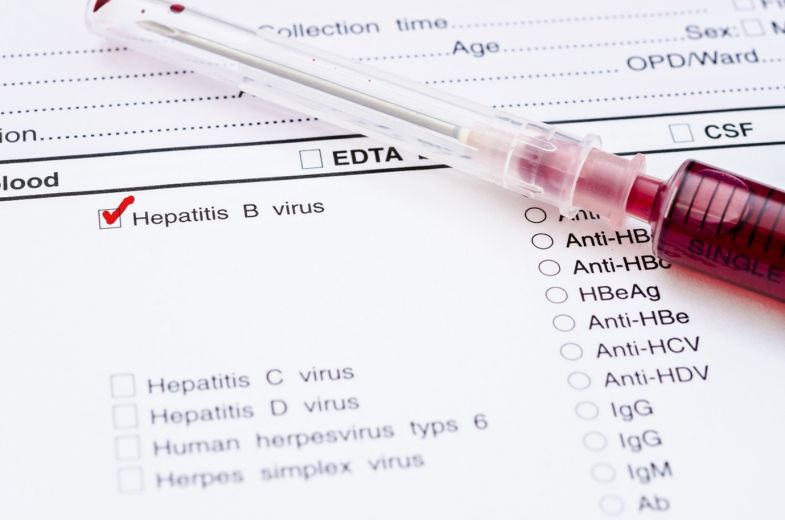
- Circulating microRNA-203 predicts prognosis and metastasis in human colorectal cancer
DOI: http://dx.doi.org/10.1136/gutjnl-2014-308737
Distant metastasis not picked up by predictive biomarkers is a leading cause of death in patients with colorectal cancer (CRC). While microRNA (miR)-203 plays an important role in cancer metastasis, its significance in CRC is unclear. In a new study, an international research team now demonstrates miR-203 as a potential non-invasive biomarker for predicting metastasis in CRC patients.

- Synthesis of metal-organic frameworks (MOFs) with microwave or ultrasound: Rapid reaction, phase-selectivity, and size reduction
DOI: http://dx.doi.org/10.1016/j.ccr.2014.10.008
Researchers from Kyungpook National University, Korea provide an overview of the synthesis of porous metal-organic frameworks (MOFs) materials using microwave (MW) and ultrasonic (US) irradiation, which are simple, inexpensive, and efficient alternative heating methods often employed in the synthesis of emerging materials, nanomaterials, and hybrid materials.

- Recent advances in process engineering and upcoming applications of metal–organic frameworks
DOI: https://doi.org/10.1016/j.ccr.2020.213544
Researchers from Korea explore, in a review study, the current demands and issues regarding the commercialization of metal-organic frameworks (MOFs) materials along with the recent advances in their processing and applications, from the viewpoints of stability, producibility, and production cost.

- Chlorinated Persistent Organic Pollutants, Obesity, and Type 2 Diabetes
DOI: https://doi.org/10.1210/er.2013-1084
An international research team summarizes the epidemiological outcomes on chlorinated persistent organic pollutants (POPs), lipophilic compounds that accumulate in the adipose tissue, and type-2 diabetes (T2D), with relevant experimental evidence on the link between low-dose POPs and an increased risk of T2D.

- Cobalt promoted TiO2/GO for the photocatalytic degradation of oxytetracycline and Congo Red
DOI: http://dx.doi.org/10.1016/j.apcatb.2016.08.022
Researchers from South Korea and UK demonstrate high-performance photocatalytic degradation two water pollutants, oxytetracycline and Congo Red, using TiO2-based nanocomposites loaded with Co3O4 nanoparticles and trace amounts of graphene oxide nanosheets in presence of a diamine linker.

- One-step hydrothermal synthesis of porous 3D reduced graphene oxide/TiO2 aerogel for carbamazepine photodegradation in aqueous solution
DOI: http://dx.doi.org/10.1016/j.apcatb.2016.10.007
Researchers from Kyungpook National University, Republic of Korea synthesize a 3D reduced graphene oxide/TiO2 aerogel using a one-step hydrothermal treatment process and examine its photocatalytic performance in the degradation of recalcitrant carbamazepine in aqueous solution.
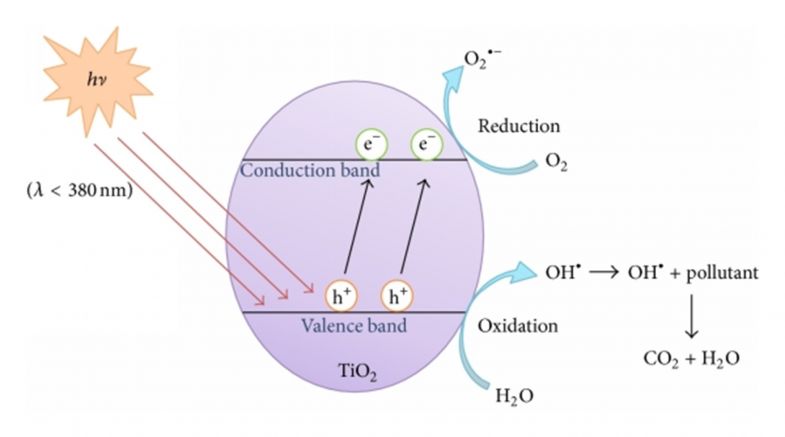
- Construction of Bi2WO6/RGO/g-C3N4 2D/2D/2D hybrid Z-scheme heterojunctions with large interfacial contact area for efficient charge separation and high-performance photoreduction of CO2 and H2O into solar fuels
DOI: https://doi.org/10.1016/j.apcatb.2018.08.056
Researchers from South Korea and UK design a hybrid heterojunction made of Bi2WO6, reduced graphene oxide, and g-C3N4 (BWO/RGO/CN) with a 2D/2D/2D configuration that demonstrates efficient photoreduction in the generation of solar fuels.
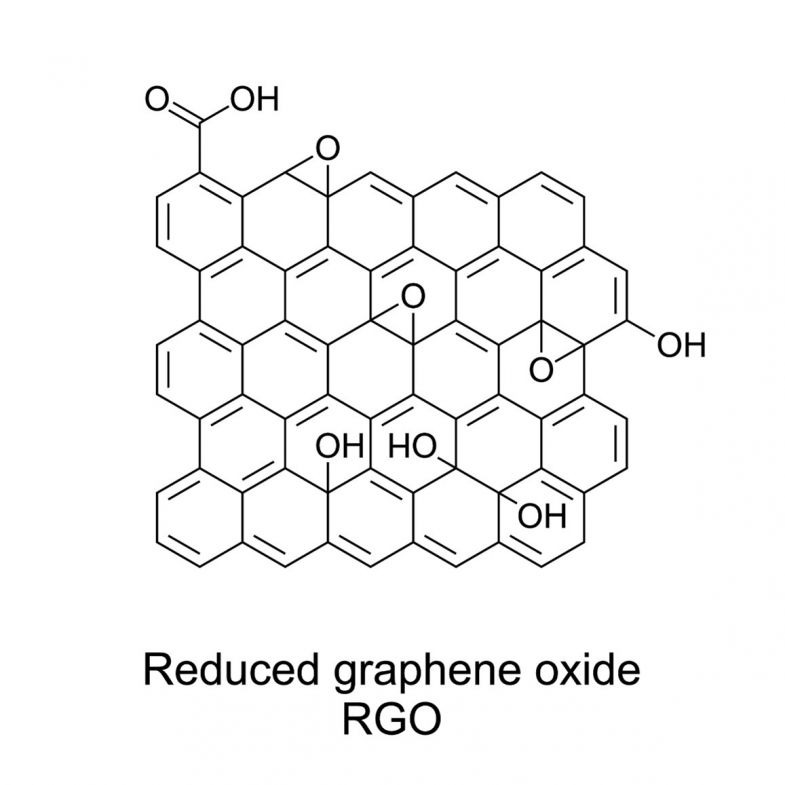
- A comprehensive review on single phase heat transfer enhancement techniques in heat exchanger applications
DOI: http://dx.doi.org/10.1016/j.rser.2017.08.060
Researchers from Kyungpook National University, South Korea highlight, in a review study, the techniques used to improve heat transfer rate in heat exchanger devices, such as solar air heater and turbine blades using single phase heat transfer fluids, along with the development of electrohydrodynamic (EHD) and magnetohydrodynamics (MHD) technologies.

- Structural insight into molecular mechanism of poly (ethylene terephthalate) degradation
DOI: https://doi.org/10.1038/s41467-018-02881-1
Poly (ethylene terephthalate) (PET) has many desirable properties that makes it useful in daily life. However, due to its non-biodegradability, PET poses a major environmental problem. While a PET degrading- bacterium, Ideonella sakaiensis, has been suggested as a potential remedy for this problem, the molecular mechanism of PET degradation is not clear. Now, researchers from Korea have reported the crystal structure of I. sakaiensis PETase (IsPETase) at high resolution, along with a suggested process for PET degradation.














